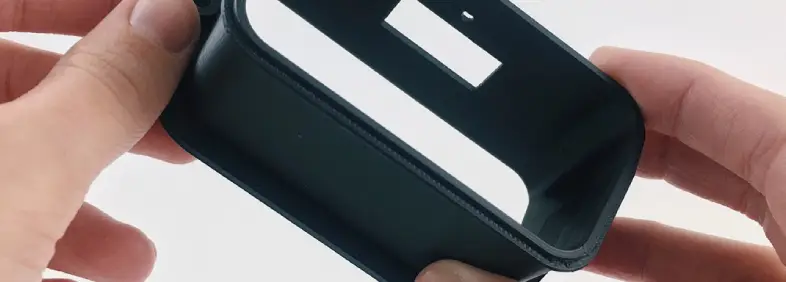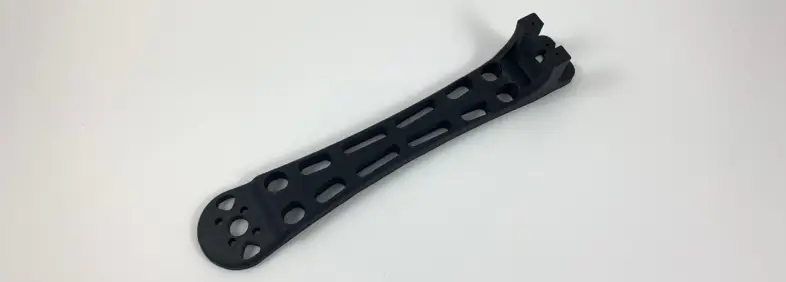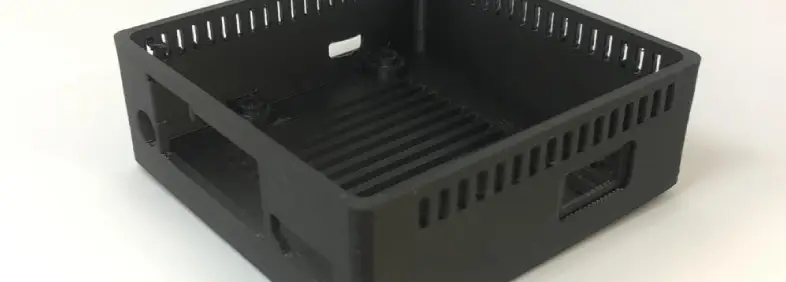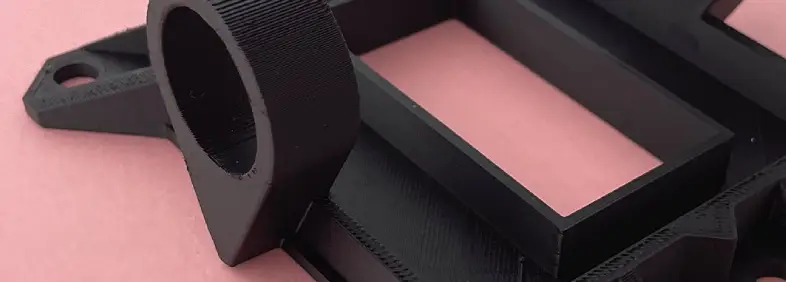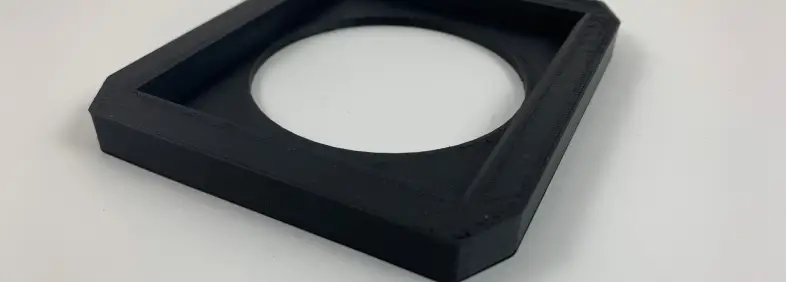Cart
3D Printing in ABS
ABS (acrylonitrile butadiene styrene) is one of the most widely used materials in 3D printing, known for its durability and strength. This thermoplastic is ideal for creating functional and mechanical parts, thanks to its ability to withstand high temperatures and its good dimensional stability. Additionally, ABS is easy to post-process, allowing for sanding and painting the parts to achieve high-quality finishes.
It is available in three attractive colors and is highly impact resistant, making it an excellent choice for applications requiring strength and longevity.
